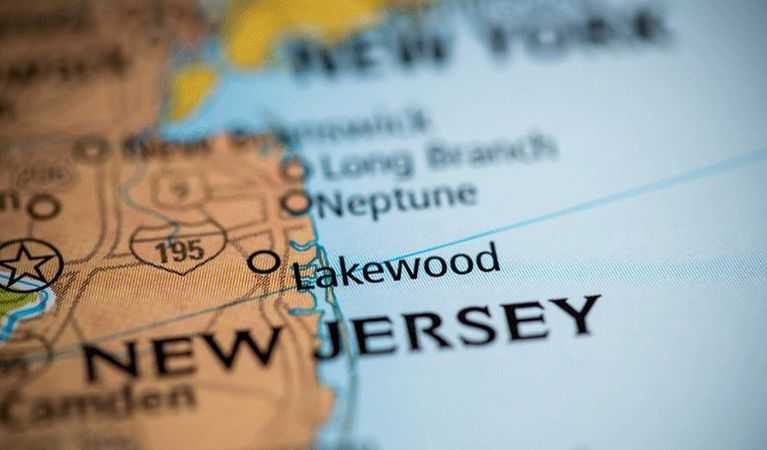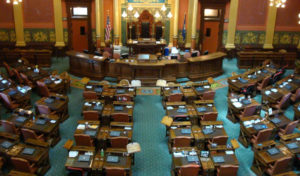After the excitement of the offline events has settled, it’s time to look at how the online poker market performed. It would be hard to give an accurate estimate of the entire segment on the grid, that’s why we will focus on New Jersey first. The state managed to benefit a fair lick from the recent partnership it struck with another bastion of the beautiful game – Nevada.
Revenue Goes Up
June was effectively the second month since the States of Nevada and New Jersey have decided to pool their players and tie the prize pools together in a bid to improve competitiveness all across the board. If the desired results were to see a significant upswing in the total revenue, then all we could say is – mission accomplished.
Looking at the raw numbers, New Jersey’s regulator lot were quick to report some optimistic forecasts, drawing on a selection of great results. The month saw revenue go up 1.3{c118e36310c7bc75bef8f724f80ee0a52cfaf44be22f7e80906142f4c81518da}, for $1,757,839 as opposed to $1,735,634 during the same period last year.
However, the liquidity arrangement has not been a potent concoction nor a panacea curing the ills of a problem areas where online poker has been struggling to take off. Delaware, for example has been struggling to increase its online revenue, even though the state is part of the shared liquidity program.
Delaware, the Fallen
Delaware, though, offers a rather smaller player base with just 1 million people. The revenue here has plummeted significantly, down 12{c118e36310c7bc75bef8f724f80ee0a52cfaf44be22f7e80906142f4c81518da}, despite the concentrated efforts the liquidity-sharing program has intended to introduce.
While the numbers in June may have looked promising for New Jersey, the fact of the matter is that the overall revenue generated from online poker in the first 6 months of 2018 was down by nearly 12{c118e36310c7bc75bef8f724f80ee0a52cfaf44be22f7e80906142f4c81518da} as well, at $11,138,986 in total earnings.
Adjusting the numbers around and checking what different moths brought, June also performed more poorly than May, albeit that’s not the most useful gauge when running a year-on-year estimation of the industry.
Meanwhile, the leaders have managed to hold their heads up, and brands the likes of Caesars Interactive Entertainment and 888 Poker have managed to eke out a modest, but reassuring profit.
Liquidity the Saviour
Despite the headwinds for poker, the liquidity-sharing scheme certainly works. Some detractors have said that it’s a desperate attempt to squeeze out extra money to feed greedy hosts, but the statement is self-defeating to the point where we won’t argue against it. Not much anyway.
Throwing in liquidity allows not only for players to experience a more competitive, and by extension thereof, rewarding play. It also has helped created a setting where people of different states and backgrounds can meet and play poker without having to clock hundreds or even thousands of miles just to attend to events.
The sharing-liquidity has also signalled lawmakers that the push for a more united front on poker is strong and laws may need to follow soon in order to respond to this growing demand. We live in interesting times for poker.







